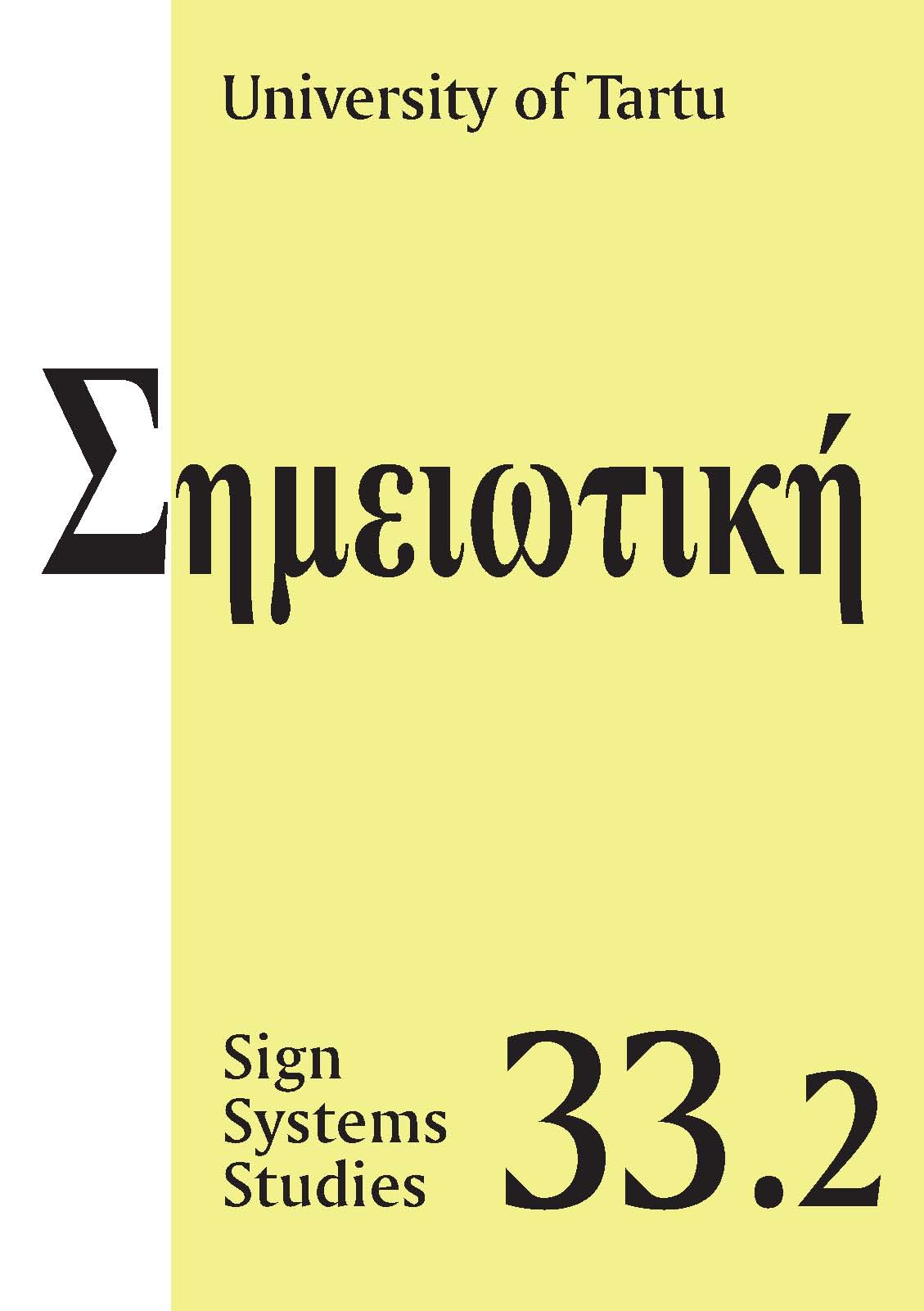National signs: Estonian identity in performance
DOI:
https://doi.org/10.12697/SSS.2005.33.2.06Abstract
Since Estonia is in the midst of a national redefinition and examination of past traditions and future aspirations, it makes an excellent case study for the potentiality of theatre as an arbiter of national identity. The changing value of the institution itself is part of the equation (will Estonians continue to appreciate and attend the theatre in coming years?). In addition, the historical role of Estonian theatre as a repository for national narratives, especially literary ones, makes it a significant site for struggles around print and technology, and between embodied performances and archival performatives. This essay introduces a series of articles that address how Estonia and its theatre might be regarded and understood in light of its history, memories, present experiences, and future possibilities. The idea of pretence that lies at the heart of theatricality itself provides an ideal means for interrogating national identity in a time of great instability and flux. The examples of productions discussed in these three essays share more than a deliberate utilization of the rubrics of theatricality. It seems no coincidence that the reworking of national classics, Estonian national myths, and ethnic folk songs and ceremonies takes place concurrently with the representation of new technologies, commodity capitalism, and diasporic collisions. Embodying precisely the predicament of culture in a country reassessing its past and confronting its future, the theatre is an important institution for national resignification.


